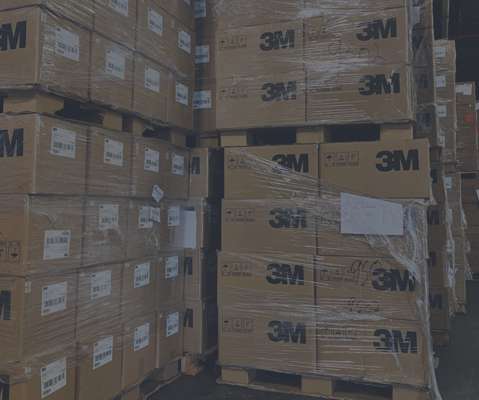How to Build Cyber Resilience in Logistics
Logistics Business Magazine
APRIL 19, 2024
The logistics sector is embracing new, innovative technologies every day. This digital transformation is providing new opportunities for growth and transformation, but it also opens new opportunities for cyber-attackers to target businesses. Logistics organisations make for particularly tempting targets for hackers.














Let's personalize your content